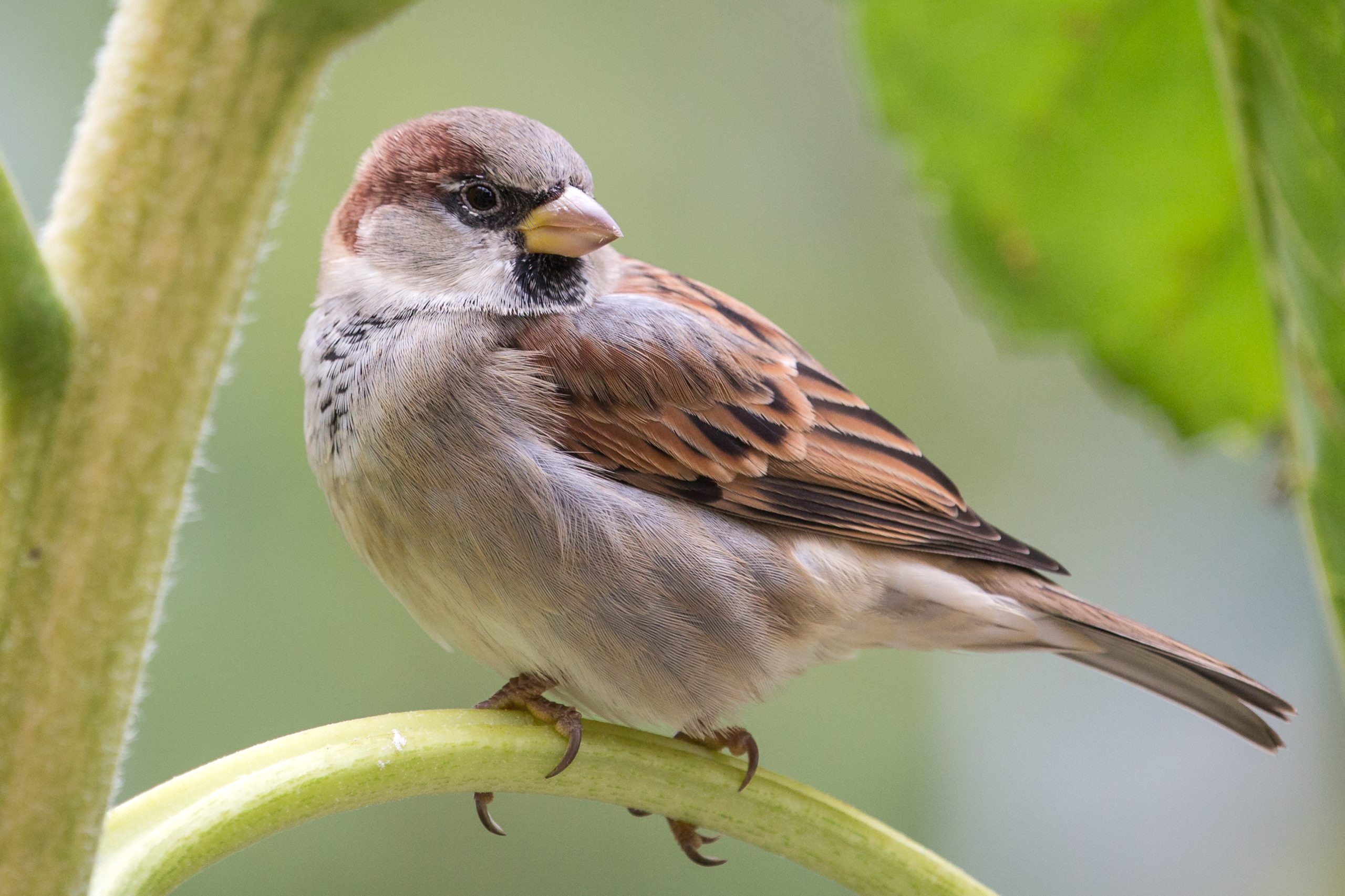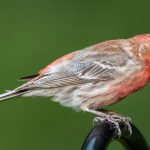The house sparrow (Passer domesticus) is one of the world’s most widely distributed and familiar wild birds. This small, adaptable songbird has made itself at home across the globe, including in the diverse landscapes of Arizona. From bustling cities to rural farmlands, house sparrows have become a common sight and an integral part of local ecosystems in the Grand Canyon State.
Quick Facts
- House sparrows are not native to North America but were introduced in the 1800s.
- Male and female house sparrows have distinctly different plumage.
- They are highly social birds that often gather in noisy flocks.
- House sparrows are opportunistic eaters and will consume a variety of foods.
Subspecies Information
- No subspecies of house sparrow are currently recognized.
- However, some geographic variation in size and coloration exists across its range.
Physical Dimensions
House sparrows are compact birds with full chests and large, rounded heads. They typically measure about 6 inches in length and weigh between 0.85 and 1.4 ounces. Their wingspans range from 7.5 to 9.8 inches.
Identification Male house sparrows are boldly patterned with gray crowns, chestnut napes, black bibs, and pale cheeks. Females and juveniles are much plainer, with tan and brown streaked plumage. Both sexes have stout conical bills and short tails. House sparrows are noisy birds that make repetitive chirps and cheeps.
Local Habitats In Arizona
House sparrows can be found in a variety of human-altered habitats including:
- Cities and towns
- Suburbs and residential neighborhoods
- Agricultural areas and farmlands
- Parks and gardens
They are common in the Phoenix and Tucson metropolitan areas and in smaller communities across the state.
Natural Habitat
Originally native to Europe and Asia, house sparrows have adapted well to living near humans. They prefer open or semi-open areas with access to food, water, and nesting sites. Before being introduced abroad, their natural habitats included grasslands, steppes, and woodland edges.
What They Eat House sparrows are opportunistic omnivores that eat a wide variety of foods, including:
- Seeds and grains
- Insects and spiders
- Human food scraps
- Flower buds and shoots
They often congregate at bird feeders and forage on the ground for fallen seeds.
Migratory Behavior House sparrows are primarily sedentary and do not migrate long distances. Most individuals remain close to their breeding grounds year-round. Limited dispersal may occur, especially among young birds seeking new territories.
Conservation Status The IUCN lists the house sparrow as a species of “least concern” due to its large range and population size. However, declines have been noted in parts of its native range. Populations are stable in North America, where it is a non-native species. House sparrows sometimes compete with native birds for food and nesting sites.


